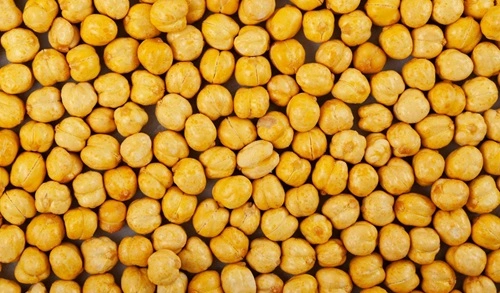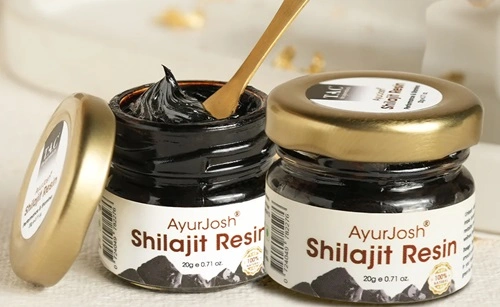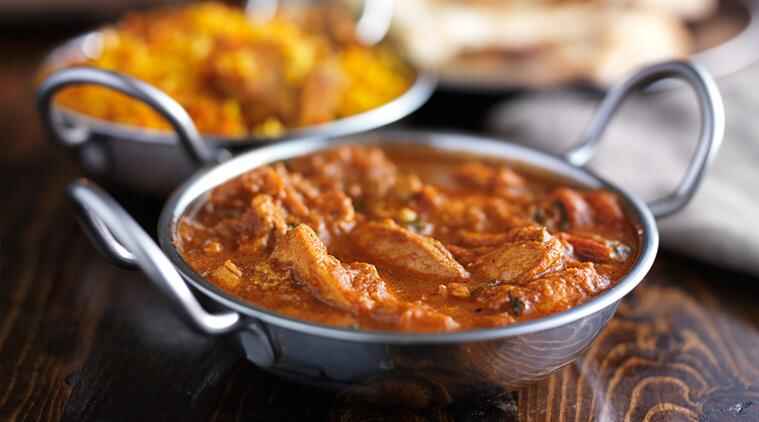Chickpea, popularly known as “Chana”, is one of the most significant pulses cultivated and consumed in India. It is a key source of protein, dietary fiber, iron, calcium, and other essential nutrients, making it a staple food in Indian households. Chickpeas are crucial for maintaining soil fertility as they fix atmospheric nitrogen, improving soil health for subsequent crops.
India is the largest producer and consumer of chickpeas globally, contributing nearly 70% of the world’s production. The two major types of chickpeas grown in India are:
- Desi Chickpeas – Small, dark, angular seeds with rough coats, mainly grown in India.
- Kabuli Chickpeas – Larger, round, and beige seeds with smooth coats, cultivated for export and processed markets.
Chickpea production is concentrated in Madhya Pradesh, Maharashtra, Rajasthan, Uttar Pradesh, Andhra Pradesh, Karnataka, and Gujarat. To ensure higher yields and resistance to pests and diseases, Indian farmers are cultivating improved and hybrid varieties of chickpeas.
This article explores more than 10 top chickpea varieties in India, their characteristics, regions of cultivation, and suitability for farming practices.

1. Pusa 372
Pusa 372 is a high-yielding variety developed by IARI (Indian Agricultural Research Institute), New Delhi.
- Type: Desi
- Seed Size: Medium
- Duration: 110–120 days
- Regions: Uttar Pradesh, Madhya Pradesh, Bihar
- Characteristics:
- Tolerant to wilt and root rot diseases
- High yield potential
- Suitable for rainfed conditions
- Yield: 15–20 quintals/hectare
- Uses: Cooking, dal production
2. JG 11
JG 11 is a popular variety in southern India for its early maturity and drought tolerance.
- Type: Desi
- Seed Size: Small to medium
- Duration: 85–90 days
- Regions: Andhra Pradesh, Karnataka, Maharashtra
- Characteristics:
- Early maturity, suitable for short growing seasons
- High drought tolerance
- Yield: 18–20 quintals/hectare
- Uses: Dal, flour production
3. BGD 72
BGD 72 is an improved chickpea variety known for its high yield and disease resistance.
- Type: Desi
- Seed Size: Medium
- Duration: 110–115 days
- Regions: Maharashtra, Karnataka, Madhya Pradesh
- Characteristics:
- Resistant to Fusarium wilt
- High adaptability to diverse climates
- Yield: 20–22 quintals/hectare
- Uses: Cooking, flour production
4. KAK 2
KAK 2 is a Kabuli chickpea variety widely cultivated for its attractive seed size and export potential.
- Type: Kabuli
- Seed Size: Large and bold
- Duration: 120–130 days
- Regions: Maharashtra, Rajasthan, Madhya Pradesh
- Characteristics:
- High market value due to large seed size
- Tolerant to wilt and pod borer
- Yield: 15–18 quintals/hectare
- Uses: Export, processed foods
5. Vishal
Vishal is a large-seeded variety grown extensively for Kabuli chickpea production.
- Type: Kabuli
- Seed Size: Extra-large
- Duration: 125–130 days
- Regions: Maharashtra, Rajasthan, Gujarat
- Characteristics:
- High yield and attractive seed size
- Drought-tolerant with good market acceptance
- Yield: 18–20 quintals/hectare
- Uses: Export markets, processed snacks
6. Pusa Chamatkar
Pusa Chamatkar is an improved Desi chickpea variety with excellent disease resistance.
- Type: Desi
- Seed Size: Medium
- Duration: 110–115 days
- Regions: Uttar Pradesh, Madhya Pradesh, Bihar
- Characteristics:
- Resistant to wilt and rust
- High productivity under irrigated conditions
- Yield: 20–22 quintals/hectare
- Uses: Dal production
7. ICCV 2
ICCV 2 is an early-maturing chickpea variety developed for semi-arid regions.
- Type: Desi
- Seed Size: Small
- Duration: 85–90 days
- Regions: Andhra Pradesh, Maharashtra, Karnataka
- Characteristics:
- Early maturity, ideal for short growing seasons
- Tolerant to drought stress
- Yield: 15–18 quintals/hectare
- Uses: Cooking and flour production
8. Shubhra
Shubhra is a high-yielding Kabuli chickpea variety with attractive white seeds.
- Type: Kabuli
- Seed Size: Large and bold
- Duration: 120–125 days
- Regions: Madhya Pradesh, Rajasthan, Maharashtra
- Characteristics:
- Highly resistant to pod borer
- Suitable for export markets
- Yield: 18–22 quintals/hectare
- Uses: Export and processed foods
9. GNG 1581
GNG 1581 is an improved variety known for its high yield and pest resistance.
- Type: Desi
- Seed Size: Medium
- Duration: 110–120 days
- Regions: Rajasthan, Gujarat, Uttar Pradesh
- Characteristics:
- Resistant to Fusarium wilt and Ascochyta blight
- High adaptability to arid regions
- Yield: 20–22 quintals/hectare
- Uses: Dal production
10. ICCV 37
ICCV 37 is a Kabuli chickpea variety that performs well in irrigated conditions.
- Type: Kabuli
- Seed Size: Large
- Duration: 115–120 days
- Regions: Maharashtra, Gujarat, Rajasthan
- Characteristics:
- High yield with attractive seed color
- Tolerant to pod borer and wilt
- Yield: 18–20 quintals/hectare
- Uses: Export markets
FAQs
Q1: Which is the best variety of Desi chickpeas in India?
A: Pusa 372, JG 11, and BGD 72 are some of the best Desi chickpea varieties for their high yield and disease resistance.
Q2: Which variety of chickpeas is suitable for export?
A: KAK 2, Vishal, and Shubhra are Kabuli chickpea varieties preferred for export due to their large seed size and quality.
Q3: Which state produces the most chickpeas in India?
A: Madhya Pradesh is the leading producer of chickpeas in India, followed by Maharashtra and Rajasthan.
Q4: What is the average yield of chickpeas in India?
A: The average yield ranges from 15–22 quintals per hectare, depending on the variety and cultivation practices.
Q5: Which variety of chickpeas matures the fastest?
A: JG 11 and ICCV 2 are early-maturing varieties that take 85–90 days to mature.
Conclusion
Chickpea cultivation plays a vital role in Indian agriculture, providing farmers with an economically valuable and nutritious crop. Improved varieties like Pusa 372, JG 11, Vishal, and KAK 2 have revolutionized chickpea farming with higher yields, disease resistance, and suitability for diverse climates. By choosing the right variety and adopting modern farming practices, farmers can ensure sustainable production and profitability.

